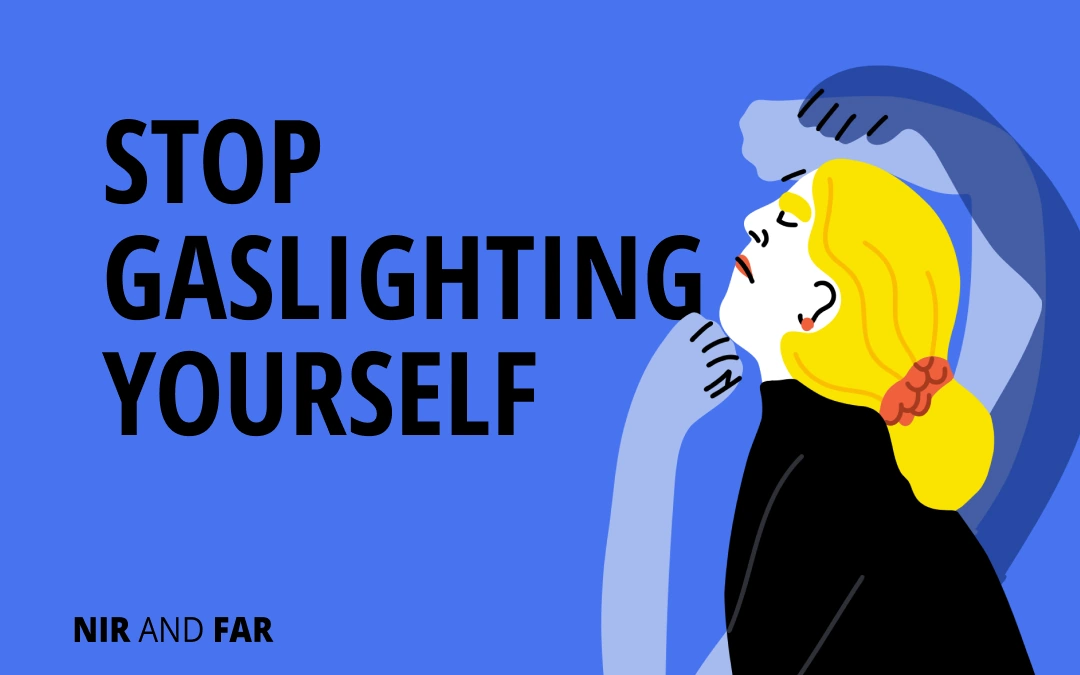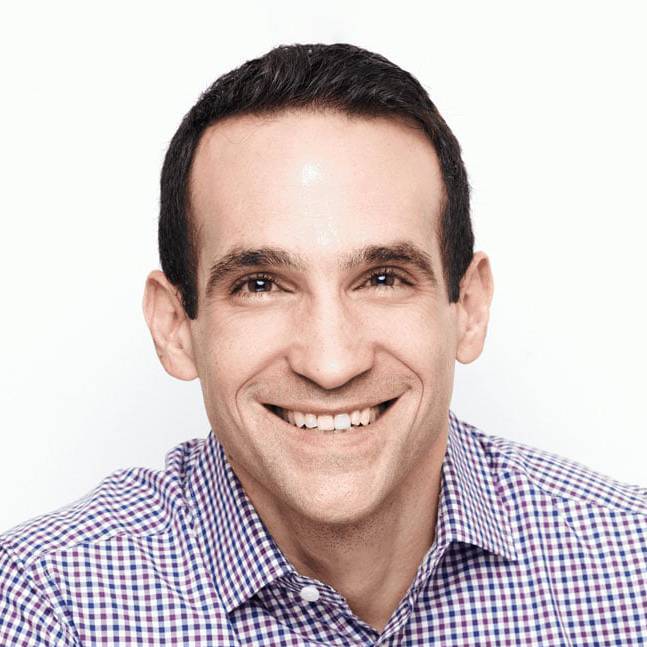Have you ever cringed while showering, suddenly remembering something embarrassing you said years ago? That memory still feels so fresh, so real—but what if I told you it might be entirely distorted?
We navigate life believing our memories are faithful recordings of the past. We replay conversations with crystal-clear certainty, convinced that what we remember is exactly what happened. But here’s the uncomfortable truth: our brains are unreliable narrators.
The Illusion of Perfect Memory
False memories aren’t rare glitches in cognition; they’re the default. Studies consistently show that memory isn’t a recording device—it’s a reconstruction. Every time we recall an event, we subtly rewrite it, influenced by current emotions, biases, and external inputs.
In fact, memory is so malleable that researchers can implant entirely false memories in people. Cognitive psychologist Elizabeth Loftus has demonstrated this repeatedly in her groundbreaking research. In one landmark study, she and her colleagues showed participants doctored photographs of events that never happened—such as taking a hot air balloon ride as a child. Astonishingly, about 30 percent of participants “remembered” these fictional events with vivid detail.
Even subtle language changes can dramatically alter our recall. In Loftus’s classic car crash experiment, participants who were asked how fast cars were going when they “smashed” into each other estimated higher speeds and even falsely recalled seeing broken glass. Those asked about cars “hitting” each other reported lower speeds and no broken glass.
These false or reconstructed memories don’t just distort our perception of external events—they fundamentally shape how we see ourselves.
When Memory Distortion Becomes Self-Gaslighting
Gaslighting typically refers to when someone invalidates another person’s experience through manipulation. But we’re equally capable of gaslighting ourselves, and our faulty memories provide the perfect fuel.
Consider this scenario: You made an awkward comment during a team meeting five years ago. In your memory, the room fell silent, colleagues exchanged uncomfortable glances, and your boss frowned disapprovingly. This memory reinforces your belief that you’re “not good with people” or “always say the wrong thing.”
But what actually happened? Perhaps there was a brief pause, a few people didn’t even notice, and the meeting continued normally. Or maybe your comment was received better than you remember, but your negativity bias—our tendency to remember and dwell on negative experiences more than positive ones—has amplified the awkwardness in your memory.
Self-gaslighting happens when:
- You take a memory—especially one tied to shame or failure—and exaggerate its significance
- You convince yourself that one moment defines your character or abilities
- You override a balanced perspective with a harsh, self-critical narrative
- You selectively remember evidence that confirms your negative self-image
If you tend to see yourself as someone who is always at a disadvantage or inherently flawed, your memory distortions will likely lean toward reinforcing those beliefs. This creates a vicious cycle: negative self-perception → biased memory recall → strengthened negative self-perception.
Breaking Free from Memory-Based Self-Criticism
If our memories are unreliable, can we ever be sure what happened? Probably not—and that’s surprisingly liberating. Instead of obsessing over whether your perception is objectively true, ask a more useful question: Does this belief serve me?
Psychologists call it belief perseverance—our stubborn tendency to cling to beliefs even after they’ve been discredited. Even if you discovered that a long-held memory was distorted, your brain would likely resist changing the belief it created. This is why many people continue to see themselves in certain limiting ways, despite evidence to the contrary.
Practical Steps to Stop Self-Gaslighting
1. Question the utility of your memories
When a painful memory surfaces, ask yourself:
- Does believing I embarrassed myself at that party help me enjoy social gatherings now?
- Does holding onto the belief that I wasn’t a “math person” in school help me grow today?
- Does seeing myself as “always disorganized” improve my productivity?
2. Collect evidence that contradicts your negative narratives
Our brains love confirmation bias—we notice evidence that confirms our beliefs while ignoring contradictory information. Actively seek and document counter-evidence:
- Keep a “wins journal” where you record daily successes, no matter how small
- Ask trusted friends about their perceptions of events you remember negatively
- Take note when you act contrary to your negative self-belief
3. Reframe memories as tools, not truths
A belief is only as valuable as the result it creates in your life. If a memory strengthens you, keeps you accountable, and pushes you toward the person you want to become, use it. If it drains you, narrows your world, and fuels resentment, consider letting it go—whether it’s “true” or not.
4. Practice deliberate memory reconstruction
Try this exercise: Take a negative memory that haunts you and deliberately reconstruct it with compassion.
- Write down the memory as you currently remember it
- Identify where you might be filling in gaps or making assumptions
- Rewrite the scene with the understanding that others were likely focused on themselves, not judging you
- Imagine watching the scene as a compassionate observer—what would they notice that you missed?
Traction, Not Busyness
Being busy doesn’t build success. Being intentional does.
The path to meaningful productivity isn’t about filling every minute of your calendar. It’s about creating the time and space for traction—making progress on what matters most to you. This connects directly to Eyal’s concept of “traction” versus “distraction,” where traction pulls you toward what you want while distraction pulls you away.
I’ve found that the professionals who advance most rapidly aren’t necessarily working more hours—they’re working more focused hours. They’ve mastered the art of saying no to the trivial many so they can say yes to the vital few.
By setting appropriate boundaries around your time and attention, you aren’t being difficult or uncooperative. You’re creating the conditions necessary for your best work to emerge. You’re telling the world that your contribution matters enough to be protected.
What’s one boundary you could set this week to protect your time and attention?
Free Habit Tracker
Design your ideal day and build your best life.
Your email address is safe. I don't do the spam thing. Unsubscribe anytime. Privacy Policy.
Choosing Better Stories
This isn’t about denying accountability or ignoring genuine lessons from past mistakes. It’s about recognizing that memory is fallible and that we can be selective about the stories we tell ourselves.
The next time you find yourself trapped in a cycle of self-criticism based on past memories, remember: your brain is an imperfect historian but an excellent storyteller. You can acknowledge the uncertainty of your memories while choosing stories that empower rather than diminish you.
Your past doesn’t define you—and your memories of that past are far more flexible than you think. Use that flexibility to your advantage.
Related Articles
- Schedule Maker: a Google Sheet to Plan Your Week
- Habit Tracker Template in Google Sheets
- The Ultimate Core Values List: Your Guide to Personal Growth
- Timeboxing: Why It Works and How to Get Started in 2025
- An Illustrated Guide to the 4 Types of Liars
- Hyperbolic Discounting: Why You Make Terrible Life Choices
- Happiness Hack: This One Ritual Made Me Much Happier

